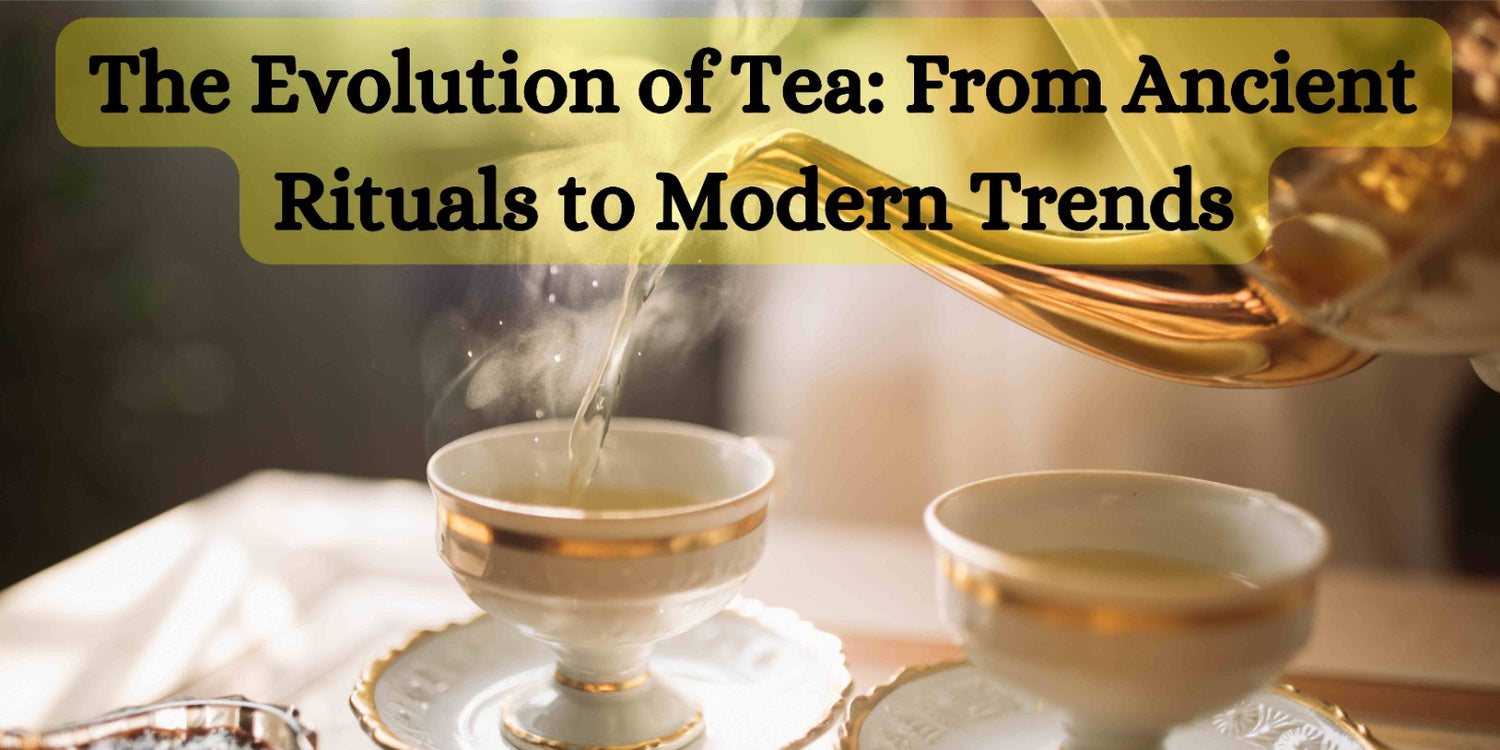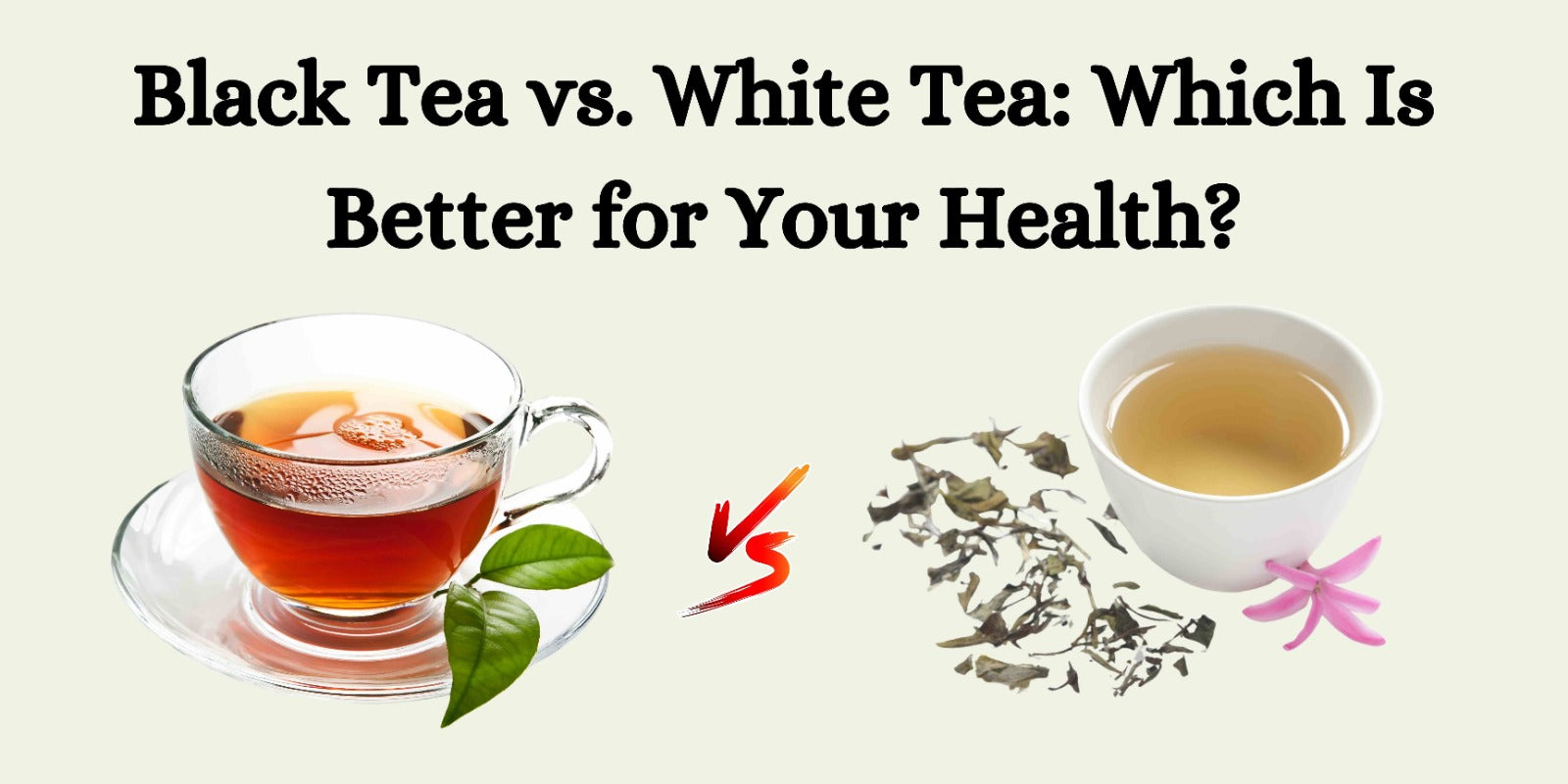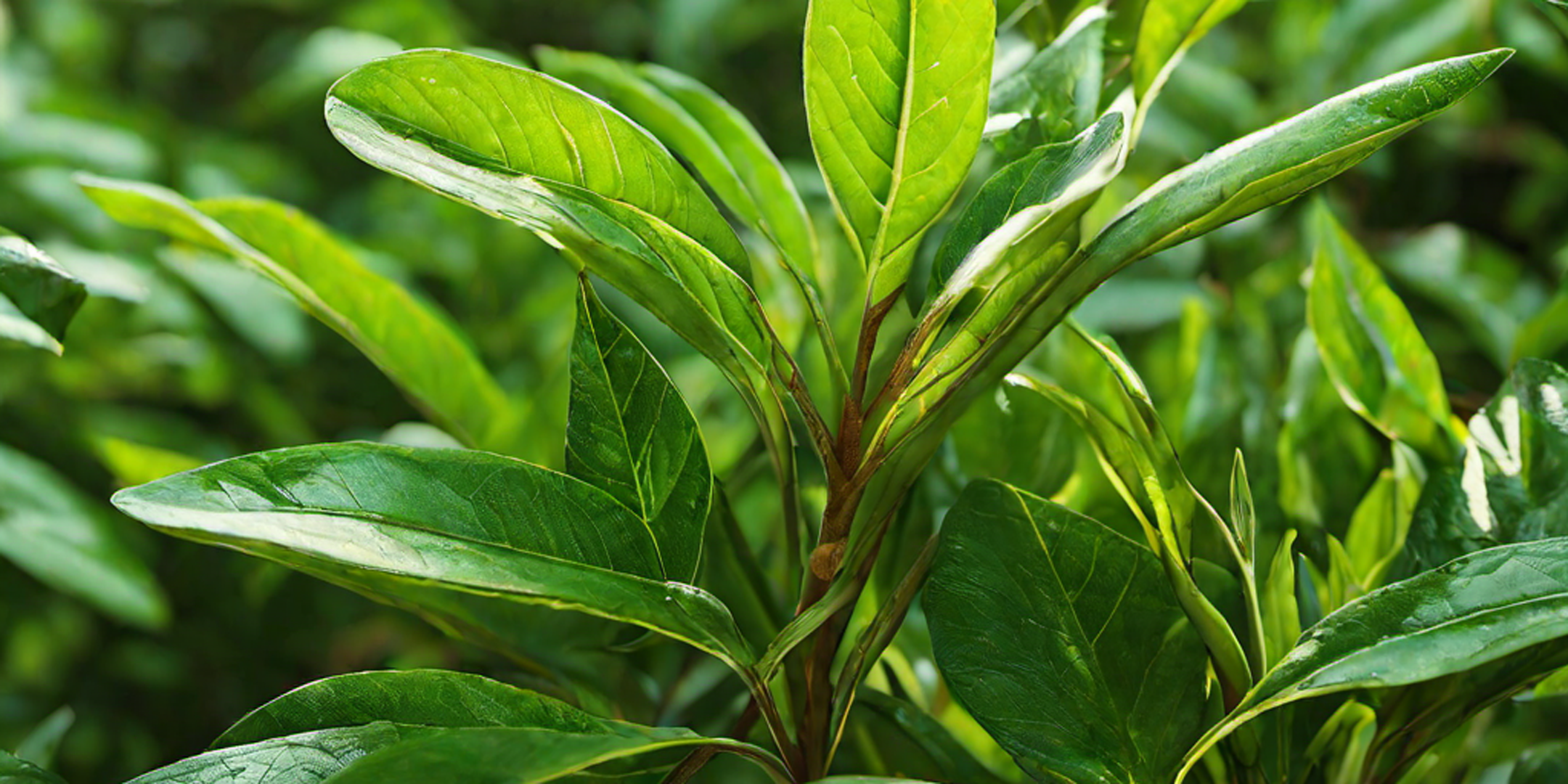Tea, an elixir steeped in history and tradition, has traversed a remarkable journey from ancient rituals to modern trends. This humble leaf, once a luxury for the elite, has blossomed into a global phenomenon, touching lives across continents. Through this exploration, we delve into the depths of tea's rich past, celebrate its present innovations, and anticipate its promising future. Join me as we embark on this captivating voyage, unveiling the layers that make tea not just a beverage, but a way of life.
The History of Tea: From Ancient Rituals to Modern Trends
The narrative of tea begins in the misty landscapes of ancient China, where legend credits the Emperor Shen Nong with its discovery in 2737 BC. It's said that a leaf from a wild tea tree drifted into his pot of boiling water, infusing it with a pleasant aroma and flavor. This serendipitous event marked the birth of tea, setting the stage for its journey through time.
As centuries turned, tea evolved from a medicinal concoction to a symbol of status and refinement. During the Tang dynasty, it solidified its place in Chinese culture with the publication of "The Classic of Tea" by Lu Yu, outlining the art and philosophy behind tea preparation. This period heralded the ritualization of tea, laying groundwork that would influence tea cultures around the world.
The journey from East to West began with the Silk Road, as traders and monks carried tea leaves into Japan, Korea, and beyond. By the 17th century, European merchants had introduced tea to the West, where it quickly became a coveted commodity, shaping economies and empires. From the tea clippers racing across oceans to the Boston Tea Party sparking a revolution, tea has been a catalyst for change, weaving itself into the fabric of history.
Types of Tea and Their Origins
Tea, in its essence, springs from the Camellia sinensis plant, yet it blossoms into a multitude of varieties, each with its unique character. The main types - green, black, white, oolong, and pu-erh - differ in their processing techniques, which influence their flavor, aroma, and color.
Green tea, with its origins in China, is prized for its fresh, delicate flavors. It undergoes minimal oxidation, preserving its green hue and antioxidant properties. Japan’s contribution to green tea, with matcha and sencha, showcases the versatility and depth of this type.
Black tea, known for its robustness, traces its roots to China but has found a second home in India and Sri Lanka. The full oxidation of the leaves results in a darker color and stronger flavor, making it a favorite in the West, epitomized by the classic English Breakfast and Earl Grey blends.
Oolong tea, a masterpiece of precision, strikes a balance between green and black teas through partial oxidation. Originating from China and Taiwan, it presents a complex spectrum of flavors, from floral to fruity to deeply roasted.
White tea, the most delicate of all, hails from the Fujian province of China. Made from the youngest leaves and buds, it undergoes minimal processing, resulting in a light, subtly sweet flavor, embodying the essence of purity.
Lastly, pu-erh, from China’s Yunnan province, offers a journey through time. This fermented tea, which can age like wine, ranges from earthy and musty to smooth and mellow, reflecting the diversity and depth of the tea world.
The Art of Tea Preparation: Traditional Methods and Techniques
The preparation of tea is a ritual, a dance of precision and grace that varies widely across cultures. This process, more than just a means to an end, is an art form, elevating the act of drinking tea to a sensory experience.
In China, the Gongfu tea ceremony underscores the meticulousness of tea preparation. Using Yixing clay teapots and tiny cups, this method focuses on the nuances of brewing, allowing for the full expression of the tea’s flavor profile. The ritual, emphasizing the harmony between the tea, water, and utensils, invites mindfulness and appreciation.
Japan’s Chanoyu, or the Way of Tea, presents a meditative journey, rooted in Zen Buddhism. The meticulous preparation of matcha, using a bamboo whisk to achieve a frothy consistency, is an exercise in presence and purity. Every motion is deliberate, from the cleaning of utensils to the serving of sweets, encapsulating the transient beauty of life.
In the West, the British afternoon tea tradition offers a different facet of tea culture. This social ritual, featuring a selection of teas accompanied by sandwiches and scones, highlights the communal aspect of tea drinking, fostering connection and conversation.
Tea Ceremonies Around the World
Tea ceremonies, transcending mere consumption, serve as a window into a culture’s soul, embodying its values, aesthetics, and philosophy.
In Morocco, the preparation of mint tea is an act of hospitality and craftsmanship. The pouring of the tea from a height, creating a frothy crown, is both a spectacle and a skill, symbolizing the generosity and warmth of Moroccan culture.
In Russia, the Samovar, a traditional tea urn, stands at the heart of its tea culture. Gathering around the Samovar, families share stories and warmth, savoring strong black tea sweetened with jam or honey, reflecting the communal spirit and resilience of the Russian people.
In Tibet, butter tea, or Po Cha, offers sustenance and comfort against the harsh high-altitude climate. The unique blend of tea, yak butter, and salt, churned together, exemplifies the adaptation of tea traditions to local conditions, underscoring the versatility and universality of tea.
Tea as a Cultural Symbol: Its Significance in Different Societies
Tea serves as a mirror, reflecting the values, traditions, and social structures of the societies that embrace it. In China, tea is intertwined with philosophy and the arts, symbolizing harmony and balance. The Chinese tea ceremony, with its emphasis on the aesthetic and sensory experience, encapsulates the Taoist principles of simplicity and mindfulness.
In Britain, tea has become synonymous with comfort and civility, embedded in the daily rhythm of life. The quintessential "tea break" offers a moment of respite and connection, embodying the British values of stoicism and camaraderie.
In Japan, tea and Zen Buddhism are inextricably linked, with the tea ceremony serving as a spiritual practice that fosters inner peace and attentiveness to the present moment. This alignment of tea with the pursuit of spiritual clarity and minimalism reveals the depth of tea's integration into Japanese culture.
The Rise of Tea Tourism: Exploring Tea Plantations and Gardens
Tea tourism, a burgeoning niche in the travel industry, invites enthusiasts to immerse themselves in the world of tea. From the verdant hills of Darjeeling to the mist-shrouded mountains of Taiwan, travelers can explore the origins of their favorite brews, gaining insight into the meticulous art of tea cultivation and processing.
Visiting a tea plantation offers a hands-on experience, from plucking leaves alongside seasoned workers to observing the transformation of raw leaves into the finished product. This journey from leaf to cup provides a deeper appreciation for the labor and tradition behind each sip of tea.
Moreover, tea tourism fosters a connection with the land and its people, offering a glimpse into the local ways of life. It supports sustainable practices and cultural preservation, contributing to the livelihoods of communities and the conservation of traditional tea varieties.
Tea in the Modern World: Popular Trends and Innovations
As tea continues to evolve, new trends and innovations emerge, reshaping the landscape of tea culture. The rise of specialty teas, from artisanal blends to single-origin offerings, reflects a growing appreciation for quality and provenance. Consumers are increasingly seeking unique, high-quality teas that tell a story of their origin, cultivation, and craftsmanship.
The fusion of tea with other culinary traditions has led to creative concoctions, such as tea-infused cocktails and desserts. This culinary exploration expands the boundaries of tea, integrating it into diverse aspects of dining and socializing.
The advent of technology has also transformed the tea experience, from precision brewing devices that optimize flavor extraction to subscription services that deliver curated selections of tea to your doorstep. These innovations make the world of tea more accessible, allowing enthusiasts to explore and savor a wider array of teas with ease.
Tea and Social Media: The Influence of Digital Platforms on Tea Culture
Social media has played a pivotal role in the resurgence of tea culture among younger generations, serving as a platform for education, connection, and inspiration. Through Instagram, YouTube, and blogs, tea enthusiasts share their passion, knowledge, and discoveries, fostering a global community of tea lovers.
Influencers and tea sommeliers use these platforms to showcase brewing techniques, review new blends, and offer a glimpse into tea ceremonies and cultures from around the world. This democratization of tea knowledge has made the once-elusive world of tea more accessible, encouraging experimentation and exploration.
Moreover, social media has amplified the visibility of tea-related businesses, from boutique tea shops to online retailers, enabling them to reach a wider audience. This digital connectivity has revitalized interest in tea, propelling it into the mainstream and inspiring a new generation of tea drinkers.
The Future of Tea: Emerging Trends and Sustainability Efforts
Looking ahead, the future of tea holds promising developments, driven by innovation, sustainability, and a deepening appreciation for tradition. One of the emerging trends is the focus on sustainable tea production, with an emphasis on organic farming, fair trade practices, and environmental stewardship. Consumers are increasingly conscious of the impact of their choices, seeking teas that are not only exceptional in taste but also ethically and sustainably produced.
Another trend is the exploration of lesser-known tea varieties and traditions, broadening the palette of flavors and experiences available to tea enthusiasts. This curiosity fuels the preservation of biodiversity and the celebration of cultural heritage, enriching the global tea landscape.
The integration of technology in tea cultivation and production, from precision agriculture to blockchain traceability, promises to enhance quality and transparency. These advancements support the sustainable growth of the tea industry, ensuring its resilience and relevance in the years to come.
Conclusion: The Enduring Allure of Tea
The journey of tea, from ancient rituals to modern trends, encapsulates the human experience - our quest for connection, wellness, and beauty. Tea, in its simplicity, offers a refuge, a moment of tranquility amidst the chaos of daily life. As we look to the future, the enduring allure of tea lies in its ability to adapt and flourish, bridging the past and the present, the traditional and the innovative. In every cup of tea, we find a story, a legacy, and a promise of discovery, inviting us to savor the moment and anticipate the next. Join us as we continue to explore the multifaceted world of tea, embracing its traditions and innovations, and celebrating the connections it fosters across time and cultures.




